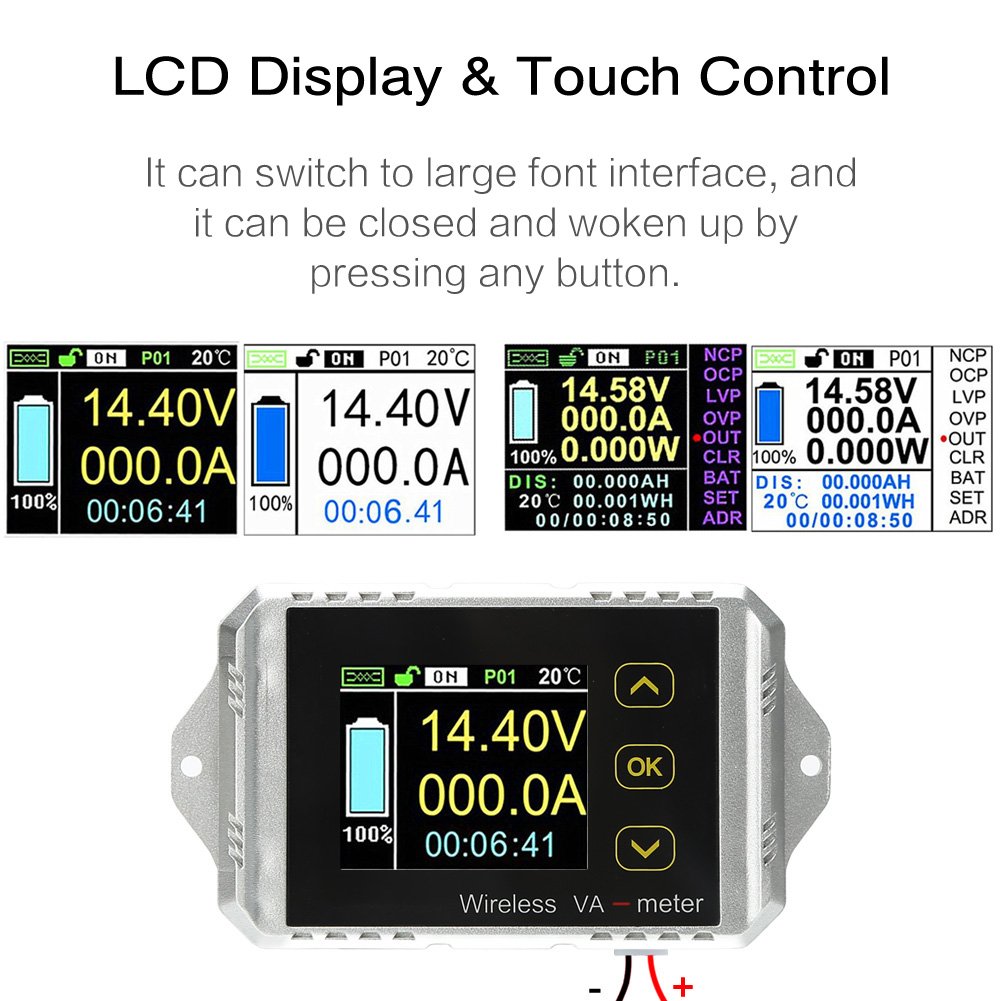Planet Indigo
100 mW
- Joined
- Sep 22, 2018
- Messages
- 40
I was looking to hook up a little LED display voltmeter on my battery to monitor voltage as it charges, and also as I use it.
I was thinking the most convenient place to wire it would be on the charging connector, so it can always stay attached to the battery, even when I remove it from its craddle when I park my bike.
Can I safely connect it to the charging plug (in parallel) while that plug is also used by the charger to charge the battery? Basically I'd make a male coaxial plug that goes in the battery charging connector, run thick wires to a female coaxial plug where the charger would connect, and in that thick wire Id connect the small wires of my led voltmeter.
Questions:
1) Can I safely do that while the battery is charging?
2) Say my battery is low at 45v and the charger outputs 54.6v, what would my voltmeter display? 45? 54.6?
3) Can I safely keep it plugged in the battery charging port (with the charger disconnected of course) while I ride the bike to observe the battery voltage in real time?
I was thinking the most convenient place to wire it would be on the charging connector, so it can always stay attached to the battery, even when I remove it from its craddle when I park my bike.
Can I safely connect it to the charging plug (in parallel) while that plug is also used by the charger to charge the battery? Basically I'd make a male coaxial plug that goes in the battery charging connector, run thick wires to a female coaxial plug where the charger would connect, and in that thick wire Id connect the small wires of my led voltmeter.
Questions:
1) Can I safely do that while the battery is charging?
2) Say my battery is low at 45v and the charger outputs 54.6v, what would my voltmeter display? 45? 54.6?
3) Can I safely keep it plugged in the battery charging port (with the charger disconnected of course) while I ride the bike to observe the battery voltage in real time?


